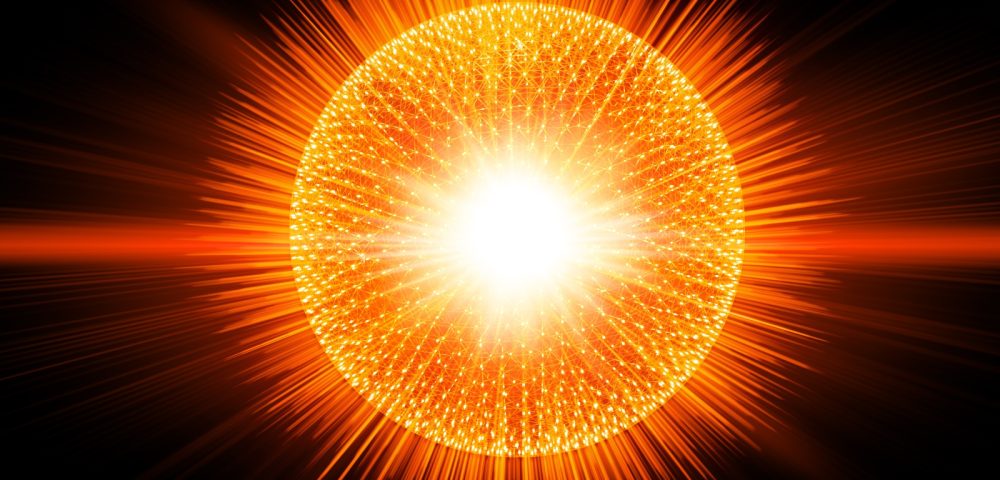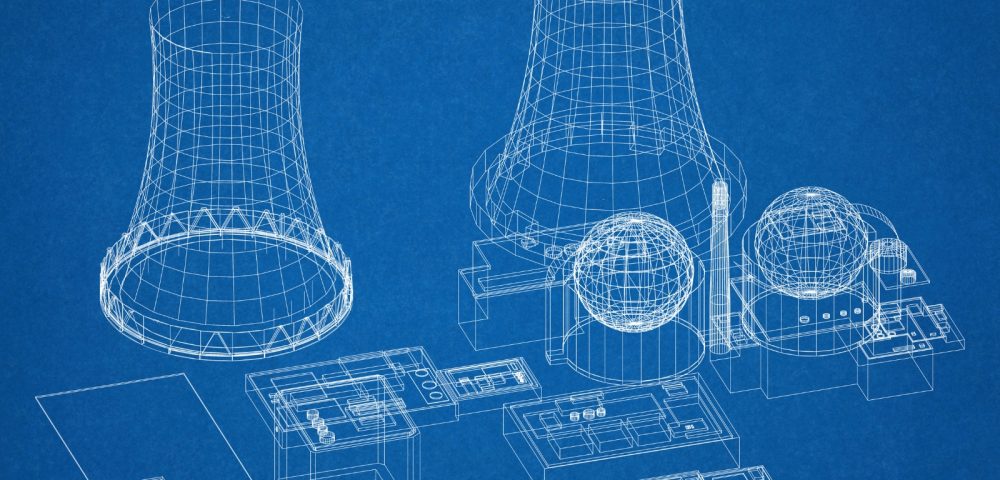Ever wondered what could actually solve the world’s energy crisis for good? The answer might lie in a force we have only just learnt to control, which is nuclear fusion. As reports come down from the innovation world, scientists are now achieving what seemed impossible: sparking the power of the sun inside machines on Earth. As it seems, the technology is advancing fast, while the fusion startups are multiplying, and obviously, it will be a fierce competition in the energy landscape among countries and different agencies. But how did fusion get here? What happened in the past, what is happening now right at this moment, and most importantly, what is next?
This article covers everything about nuclear fusion technology and its rapid development.
What is Nuclear Fusion?

Nuclear fusion is a mechanism where two light atomic nuclei, like hydrogen, slam together under extreme heat and pressure to form a heavier nucleus, such as helium, while releasing a huge amount of energy.
Unlike nuclear fission, which splits atoms and creates long-lasting radioactive waste, fusion joins them and produces cleaner energy with fewer risks.
The process is quite complex. Scientists copy the way the sun powers itself by heating hydrogen isotopes to millions of degrees, turning them into a super-hot gas called plasma. They use powerful magnets or lasers to squeeze and hold the plasma long enough for the atoms to fuse. When fusion happens, it creates energy much greater than the energy needed to start it.
People tend to call fusion the ‘holy grail’ of energy because the fuel comes from seawater, and it is said to be nearly endless.
While it still faces challenges, recent breakthroughs show real progress when it comes to nuclear fusion technology.
Overview of Fusion Technology Development

Scientists first understood nuclear fusion in the 1930s when they realised it is the same process that powers the sun and stars. Since then, they have been chasing the idea of recreating that power on Earth to solve our growing energy needs.
Fusion stood out right away because it promised way more energy than burning fossil fuels or even using nuclear fission, which splits atoms.
In fact, fusion could produce four times more energy than fission and nearly four million times more than burning coal or oil. Most fusion concepts rely on a mix of deuterium and tritium, which are special forms of hydrogen.
Deuterium comes from seawater, and scientists can make tritium using lithium, which is easy to find. Just a few grams of these fuels could power a person’s energy needs for decades.
Fusion also avoids scary stuff like meltdowns or long-lasting radioactive waste. The process needs extreme heat and pressure to work, and if something goes wrong, the reaction just stops.
The beauty of it is that, unlike fossil fuels, fusion does not release harmful gases like carbon dioxide. That means once scientists get the machines working right, fusion could give the world clean, safe energy for millions of years without polluting the planet.
This is How Nuclear Fusion Technology Progressed Over the Years

The Beginning of Fusion Science
In the 1920s, Sir Arthur Eddington said that stars shine because hydrogen atoms fuse into helium. This idea helped scientists understand how the sun produces energy.
In 1934, scientists in Cambridge created the first human-made fusion by smashing heavy hydrogen atoms. This experiment showed that fusion could happen in a lab.
By 1950, two scientists, Sakharov and Tamm, proposed using a tokamak, which is a machine that uses strong magnets, to control fusion.
Then in 1958, two big events took place: the U.S. created the first controlled fusion reaction, and Russia launched the first tokamak. These discoveries moved fusion from just a theory to something scientists could test.
Building Real Fusion Machines
In the 1960s, computers showed that a laser could help start fusion using a method called inertial confinement. That same year, the first laser was built.
In 1974, a company called KMS Fusion became the first to create fusion using lasers and showed that private companies could join the race.
A year later, the Princeton Large Torus tokamak hit temperatures needed for future power plants. In 1982, German researchers found that heating plasma above a certain point doubled how long it stayed active, helping future designs.
Then in 1983, Europe built its largest fusion machine, the Joint European Torus (JET), to push research even further.
Reaching New Energy Records
Now the nuclear developments step into the 90s era.
During the 1990s, JET produced 21.7 megajoules of fusion energy, a record that lasted more than 20 years. This showed that fusion could create serious amounts of power.
Again in 2021, JET broke its own record by producing 59 megajoules in just five seconds.
In 2022, scientists at the Lawrence Livermore National Laboratory in California did something huge. They got more energy out of fusion than they put in. This moment, known as achieving ‘net energy gain,’ proved that fusion could one day power cities.
Although it lasted only a short time, it was a significant step and gave hope that fusion could work outside the lab.
From Experiments to Real Power Plants
When we examine history, we can see that the 2020s became a turning point.
More than 40 fusion startups began building new reactors. One of them, Commonwealth Fusion Systems, is making a machine called SPARC, set to start in 2027.
This machine aims to reach Q > 1, which means it will produce more energy than it uses. It may even reach Q > 10, producing ten times the input.
Another project called ARC, a 400 MW fusion power plant, will soon start construction in Virginia.
This shift indicates that the fusion is moving from experiments to real power generation. People now believe fusion will soon be part of the world’s energy supply.
China Entering the Nuclear Race
It is visible that China has quickly emerged as a powerful new competitor in the global nuclear fusion race. With major investments in both government-led projects and private startups, China aims to lead the way in building next-generation fusion reactors.
As mentioned above, its ‘Artificial Sun’ project, known as EAST, showed serious technical progress.
China continues to invest heavily in fusion research, hoping to reach commercial energy production ahead of others. As the U.S., Europe, and others push toward breakthroughs, China’s rapid growth in fusion technology signals a shift in global nuclear leadership.
Fusion Goes Global
In the next few decades, fusion could replace coal, which now provides over one-third of global electricity. Because fusion fuel comes from seawater and lithium, it is safe, clean, and almost endless.
The best part is that it also runs all day and night, solving the big problem of solar and wind being unpredictable.
It says using fusion in places like New England could cut yearly energy bills by $36 billion. Across the U.S., this could save $119 billion every year. Globally, fusion could add up to $175 trillion to the economy. It offers a way to give more people clean, steady, and affordable power everywhere.
The Future: Clean Energy and a Better World through AI?

Although this race has been running for decades, it will not be a waste of time and resources. If everything goes as planned, fusion will not just power homes, but it will change how industries and countries operate. Fusion can run factories, data centres, and ships without polluting the air or water. Above everything else, it does not release carbon gases, and it could help reach climate goals by 2050. This is where the developments have now taken a turn with the emergence of Artificial Intelligence. With this technology’s analytical powers, it will be easy for the development teams to accurately predict, design, and test the trials in a virtual realm, without investing massive amounts. Can we say AI is the path to nuclear fusion success? Only the future has the answers!
